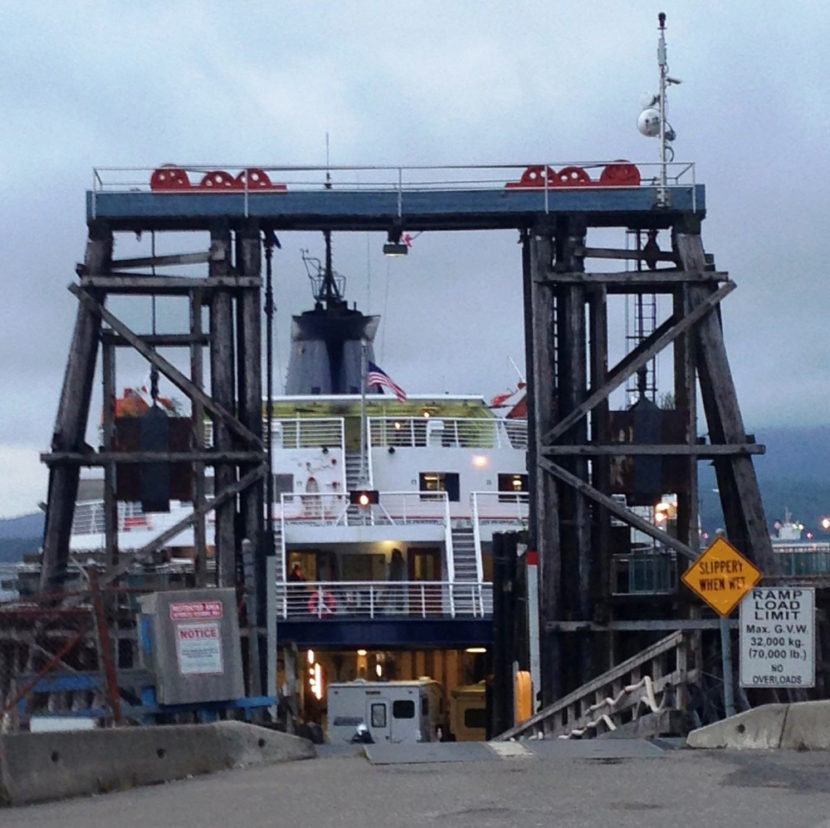
The Alaska Marine Highway System is ending service to Prince Rupert, B.C. at the end of the month.
Alaska transportation spokeswoman Meadow Bailey said the decision to end service is unrelated to the ferry system’s budget woes.
“This is all because we have a requirement from the U.S. Customs and Border Protection, that there be a Canadian law enforcement presence that is there in place when the ferry docks to be able to protect their personnel in Prince Rupert while they’re doing their inspection tasks,” she said.
A waiver from this requirement expires September 30 – the last day ferries are scheduled to call on the Canadian port city 120 miles from Ketchikan.
Customs spokesman Jerry McGee said the requirement is mandated across the U.S. He said it’s a safety issue, as it’s legal for the traveling public to carry hunting rifles and shotguns to and from Canada.
“So theoretically our staff are the only staff there that are unarmed. So again, this is for the safety of our traveling public as well as our officers,” he said.
In July, the state ferry system said it was exploring options to contract with armed Canadian law enforcement to provide backup for unarmed U.S. agents. But Bailey says the Royal Canadian Mounted Police aren’t available.
“The city of Prince Rupert does not have local law enforcement,” Bailey said. “So, they rely on the Canadian Mounted Police and the Canadian Mounted Police do not have personnel that they can divert away from their normal everyday tasks to be able to meet the vessels.”
Rep. Dan Ortiz , an independent state lawmaker from Ketchikan, says he and other lawmakers are still trying to solve the problem.
“Access to Prince Rupert is critical a piece of the Alaska Marine Highway System particularly to southern Southeast Alaska, but it has implications throughout all of Alaska. So I’m not considering this a done deal at all,” he said.
Prince Rupert is a significant transit hub that links Alaska with the Canadian road system. State ferries bring an average of 13,000 passengers and 6,000 vehicles through the Canadian port each year.